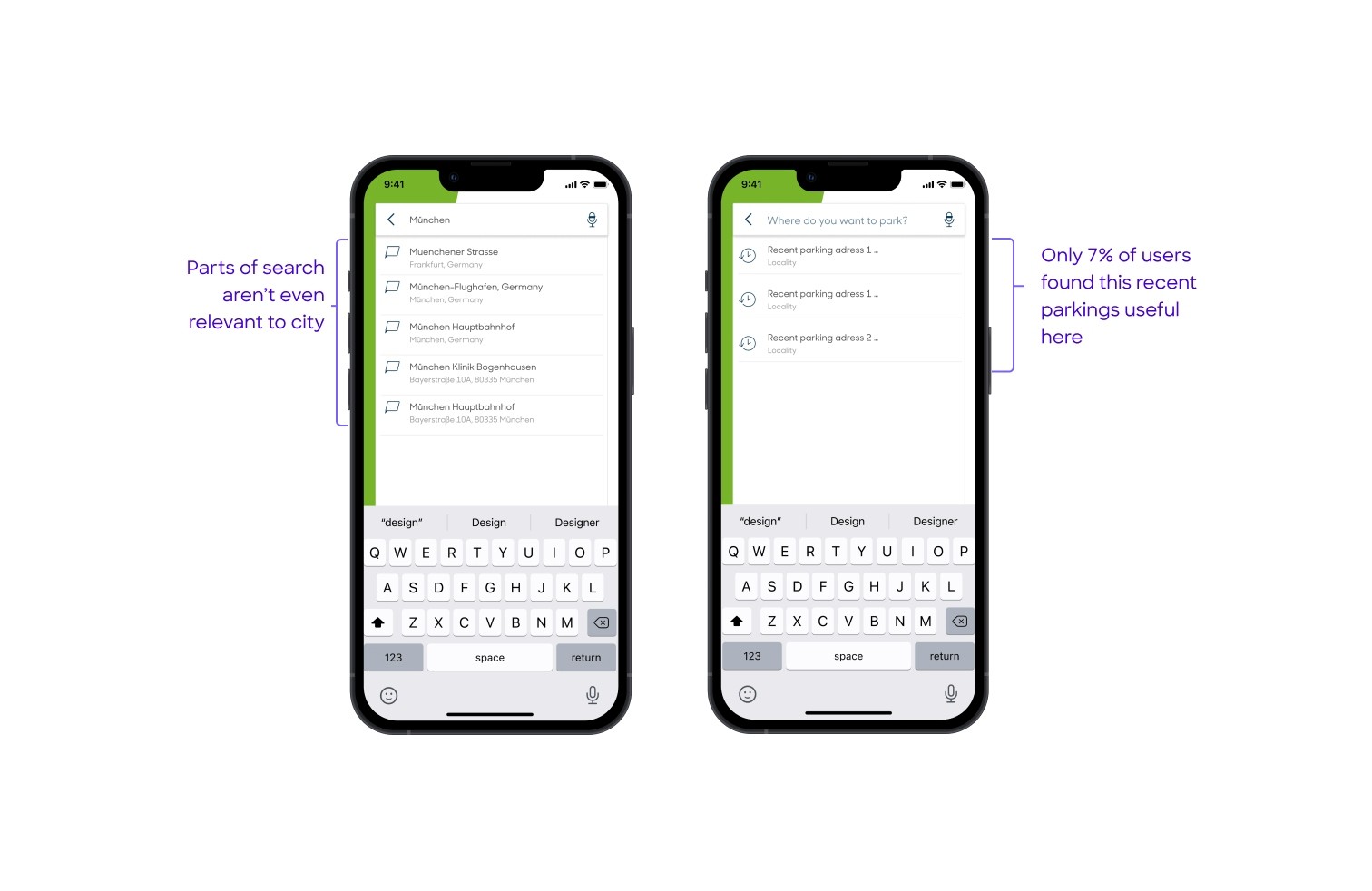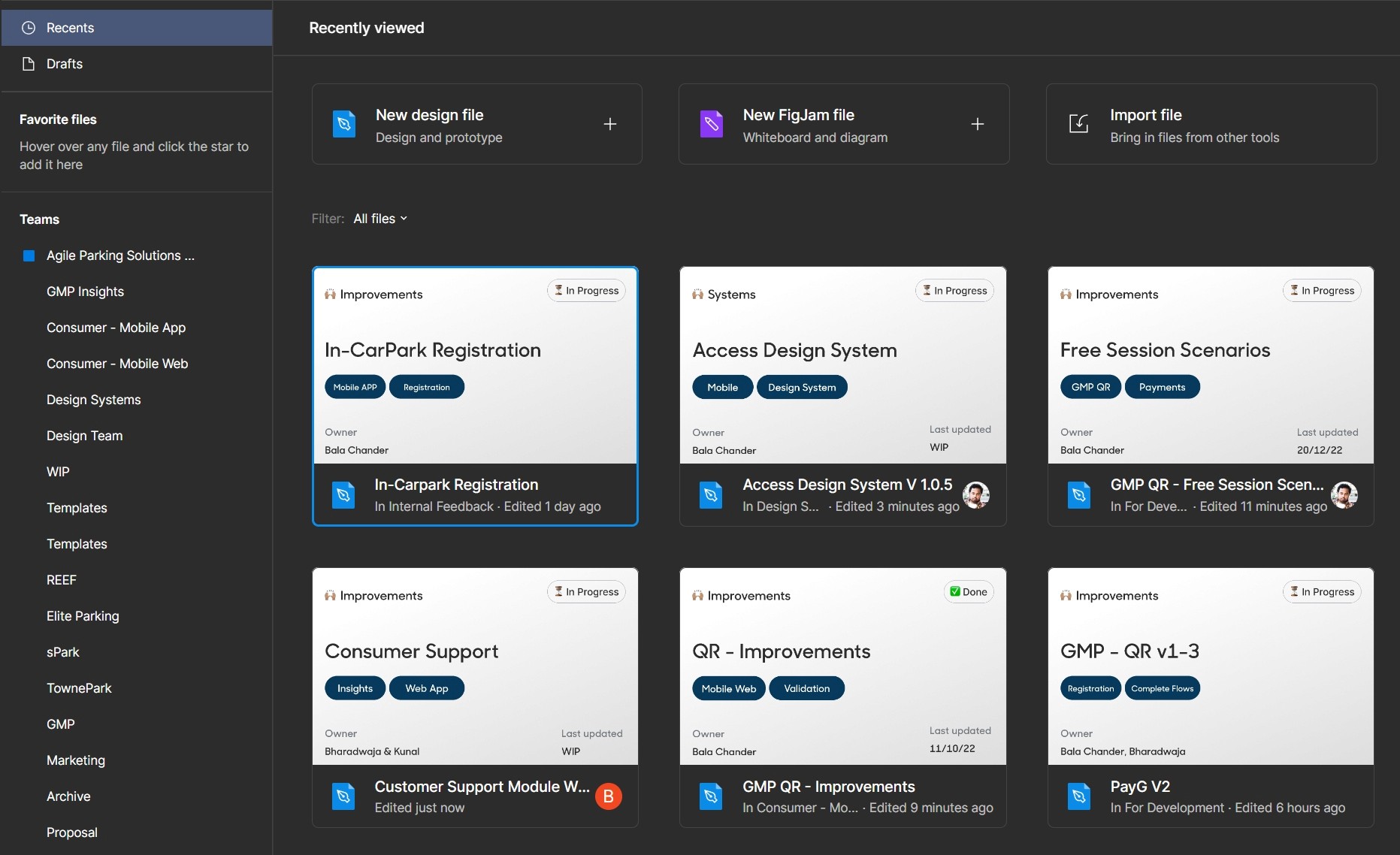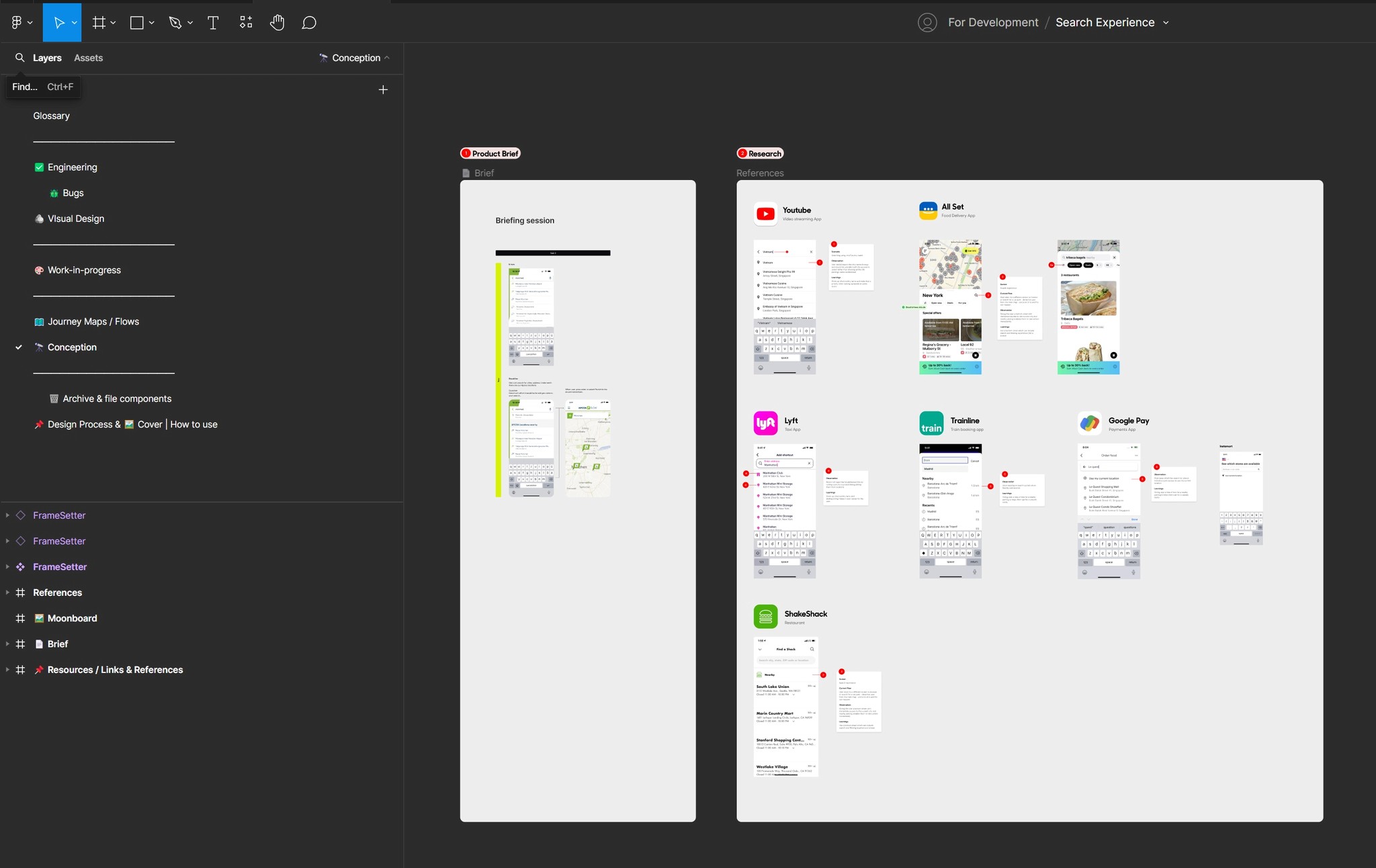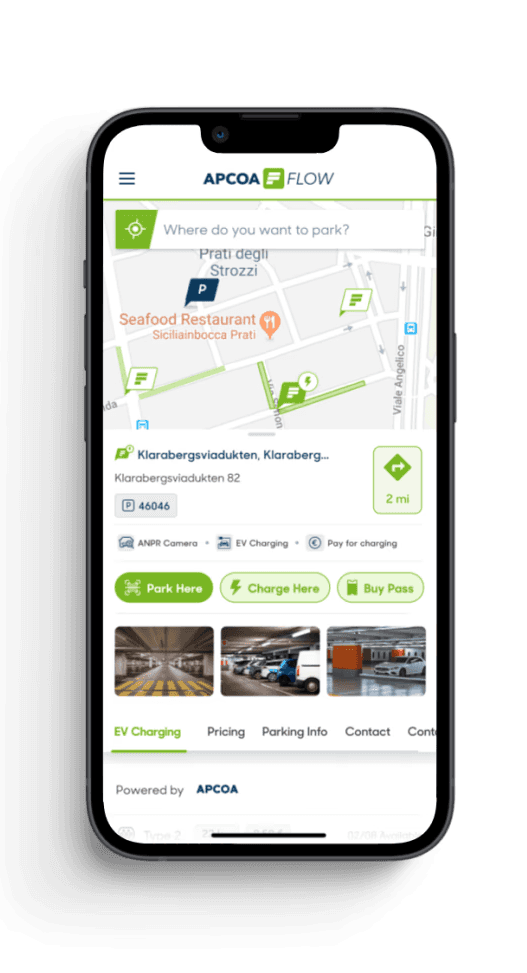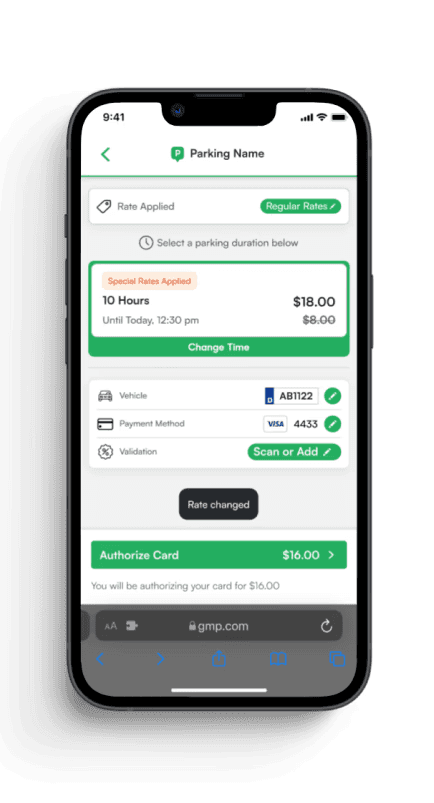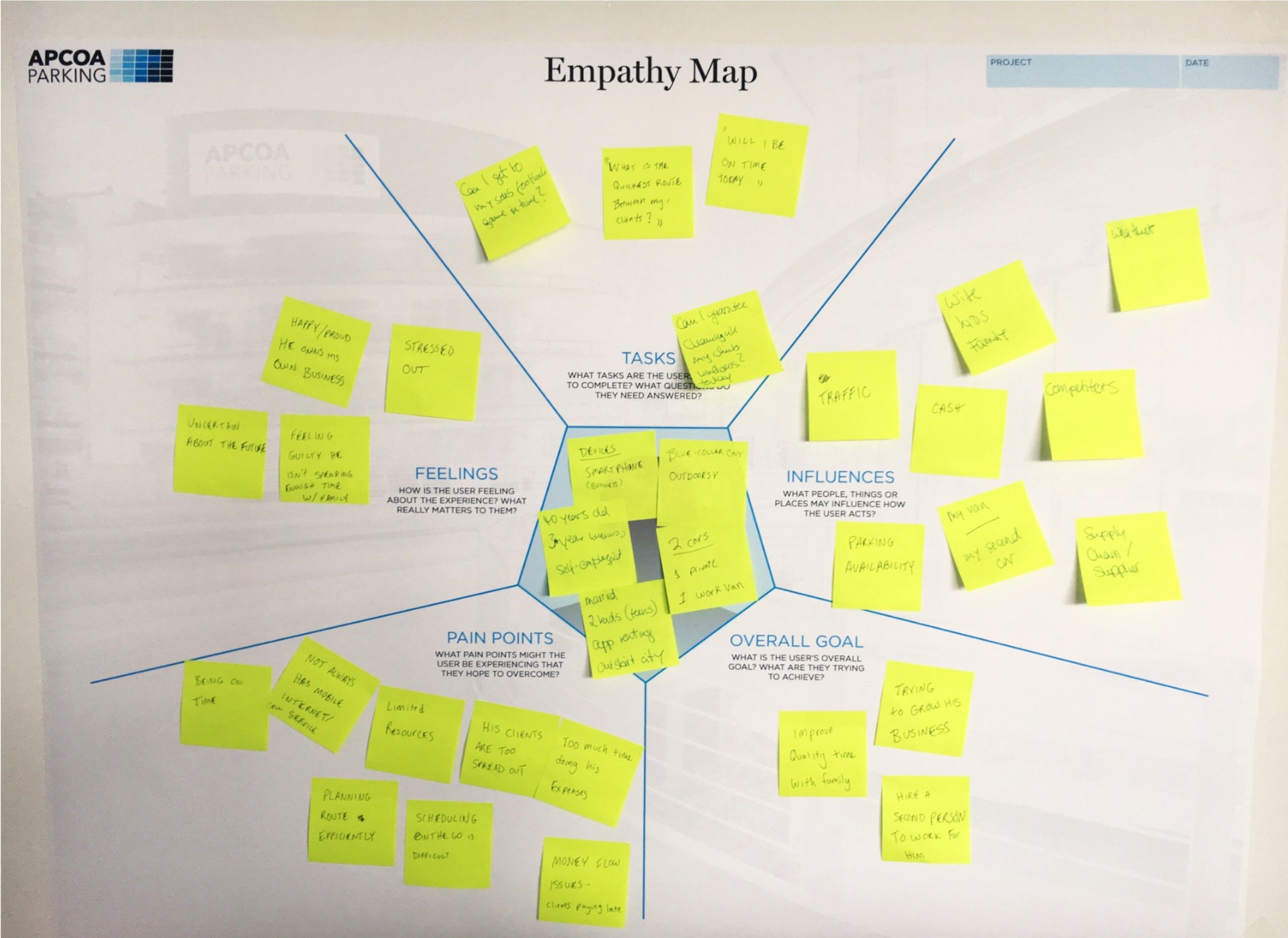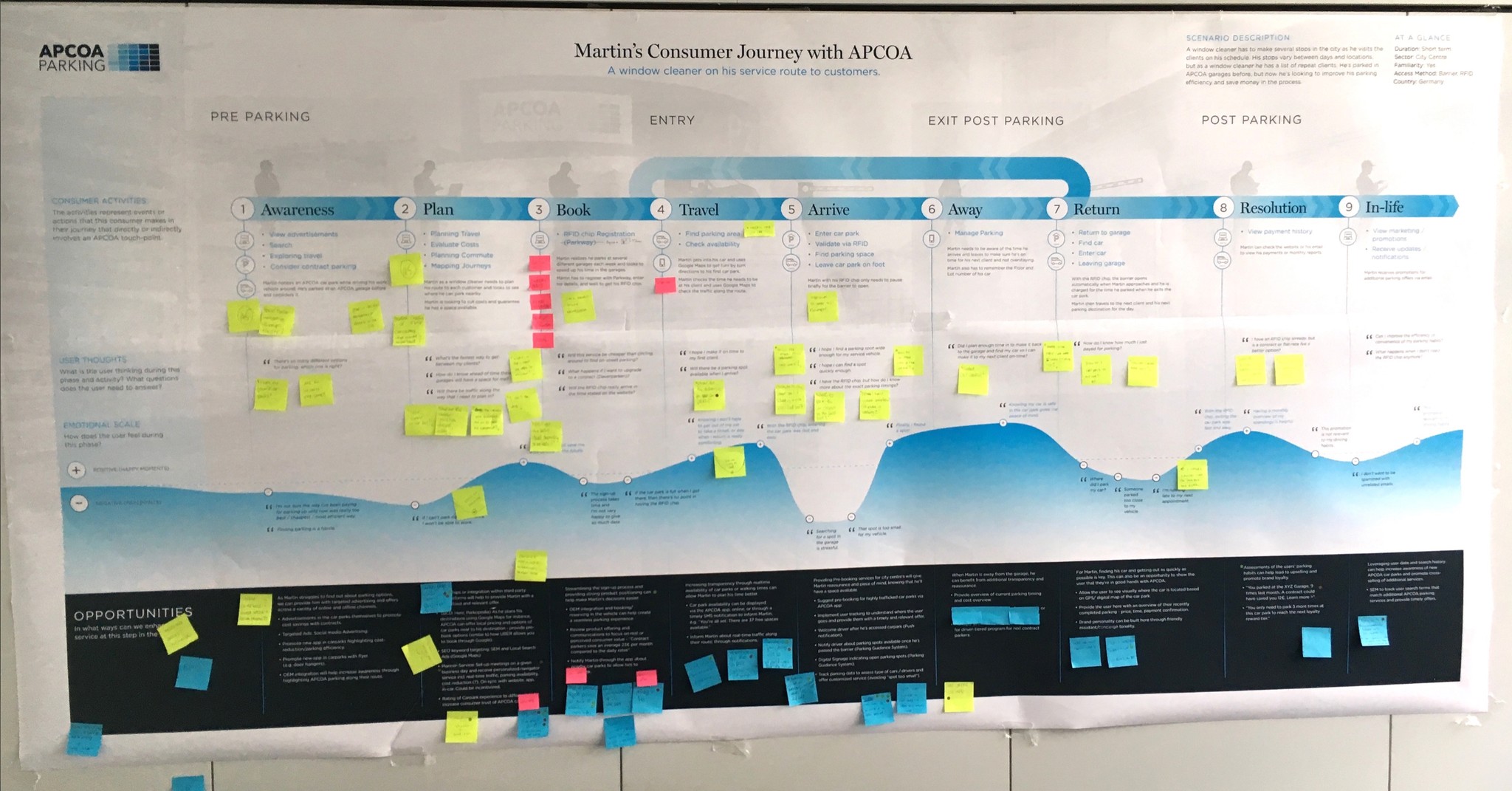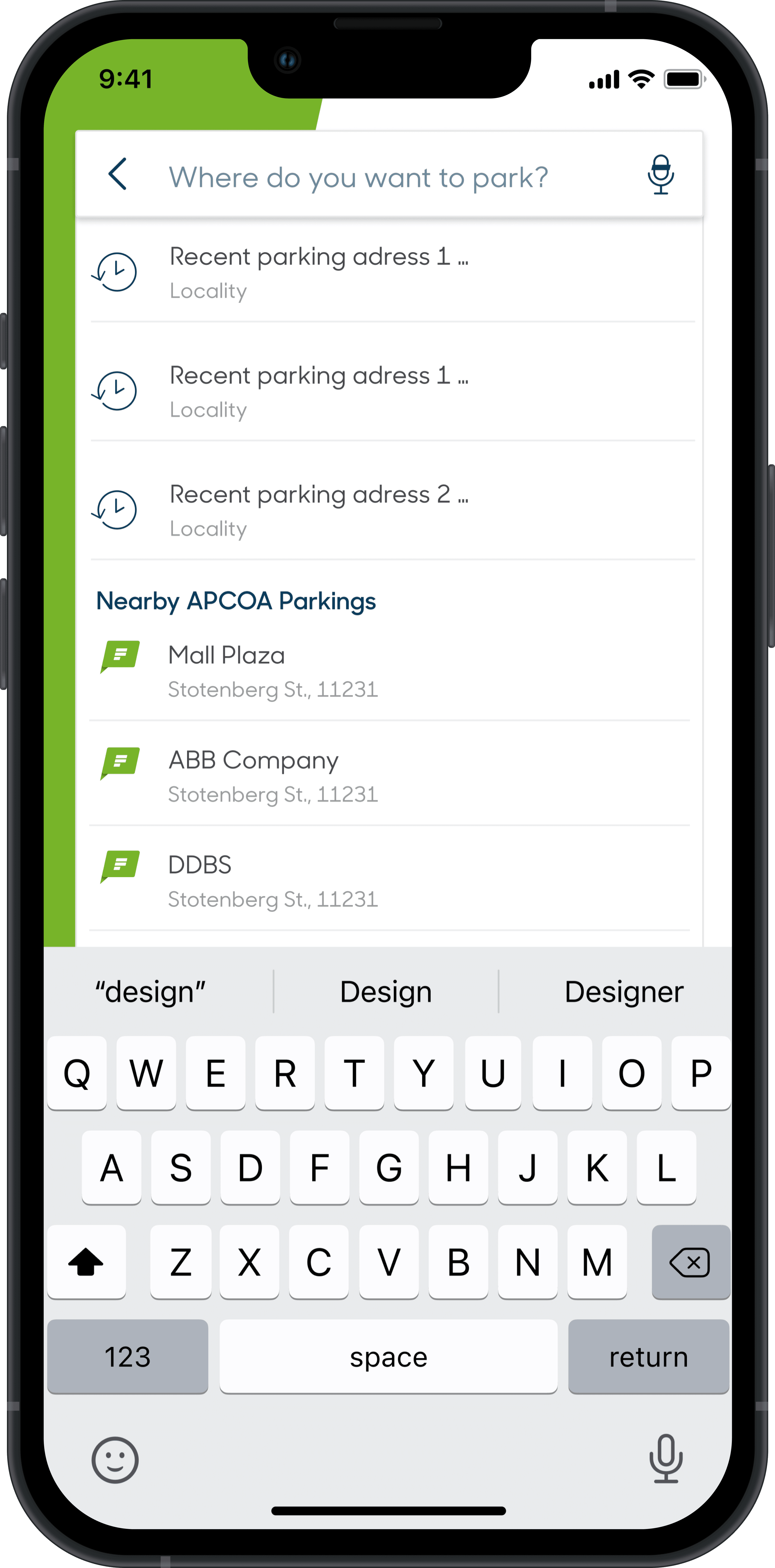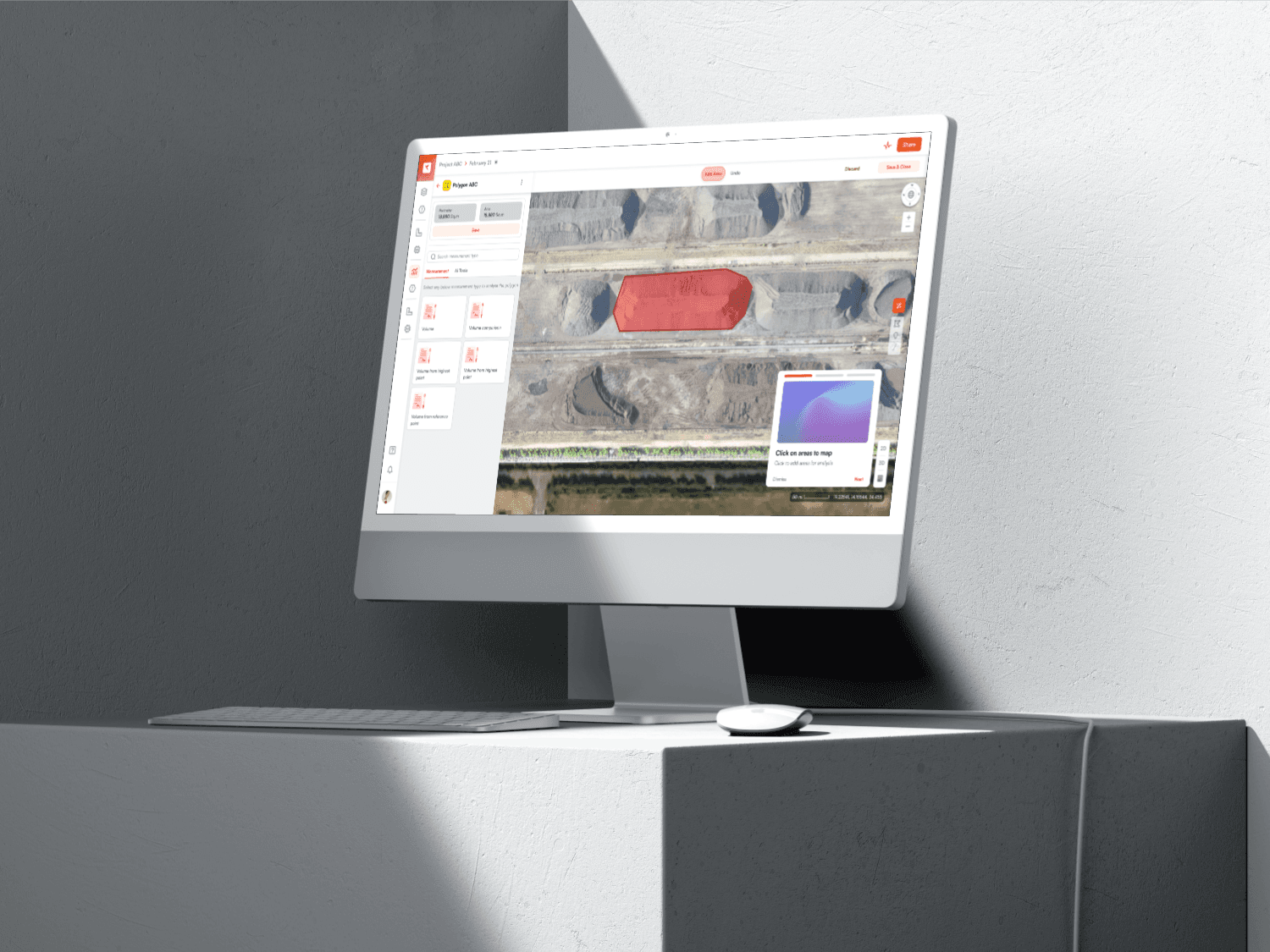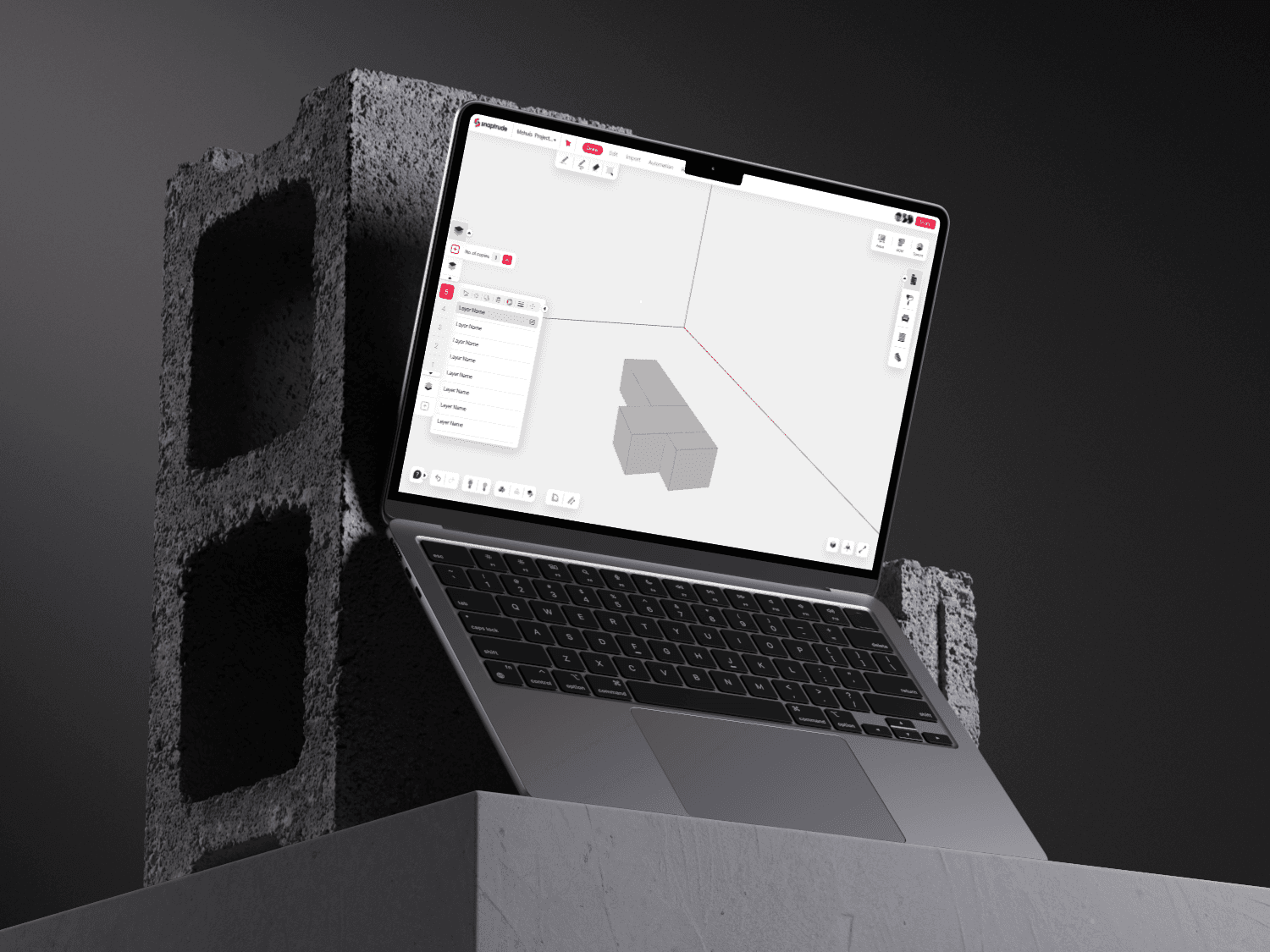As the Lead Design Manager, I led a team of three designers working across GetMyParking and APCOA Flow, two major players in smart mobility and parking solutions. GetMyParking focuses on digitizing traditional parking operations, while APCOA Flow is a smart parking management platform for European markets. Our mission was to enhance the experience for users and operators by creating effective internal tools, designing new products, and crafting a robust design system.
Created a toolkit that allowed the design team to effectively communicate design specifications, making handoff to developers seamless and reducing confusion.
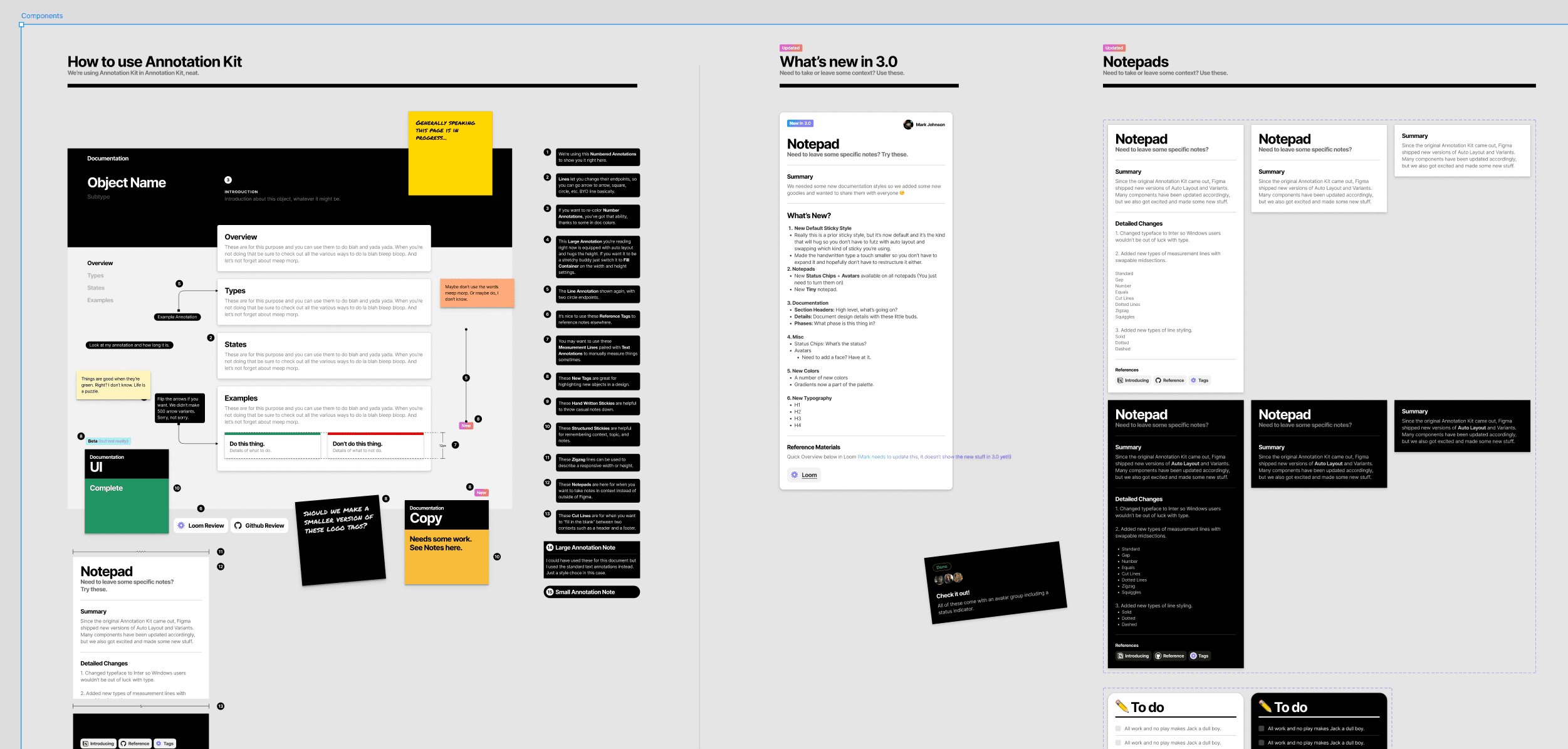
Organising figma
Every document contained a collection of rules, making it simple for both our team members and clients with file access to locate the data they're seeking
Figjam daily and weekly 1-1 with team to learn and help
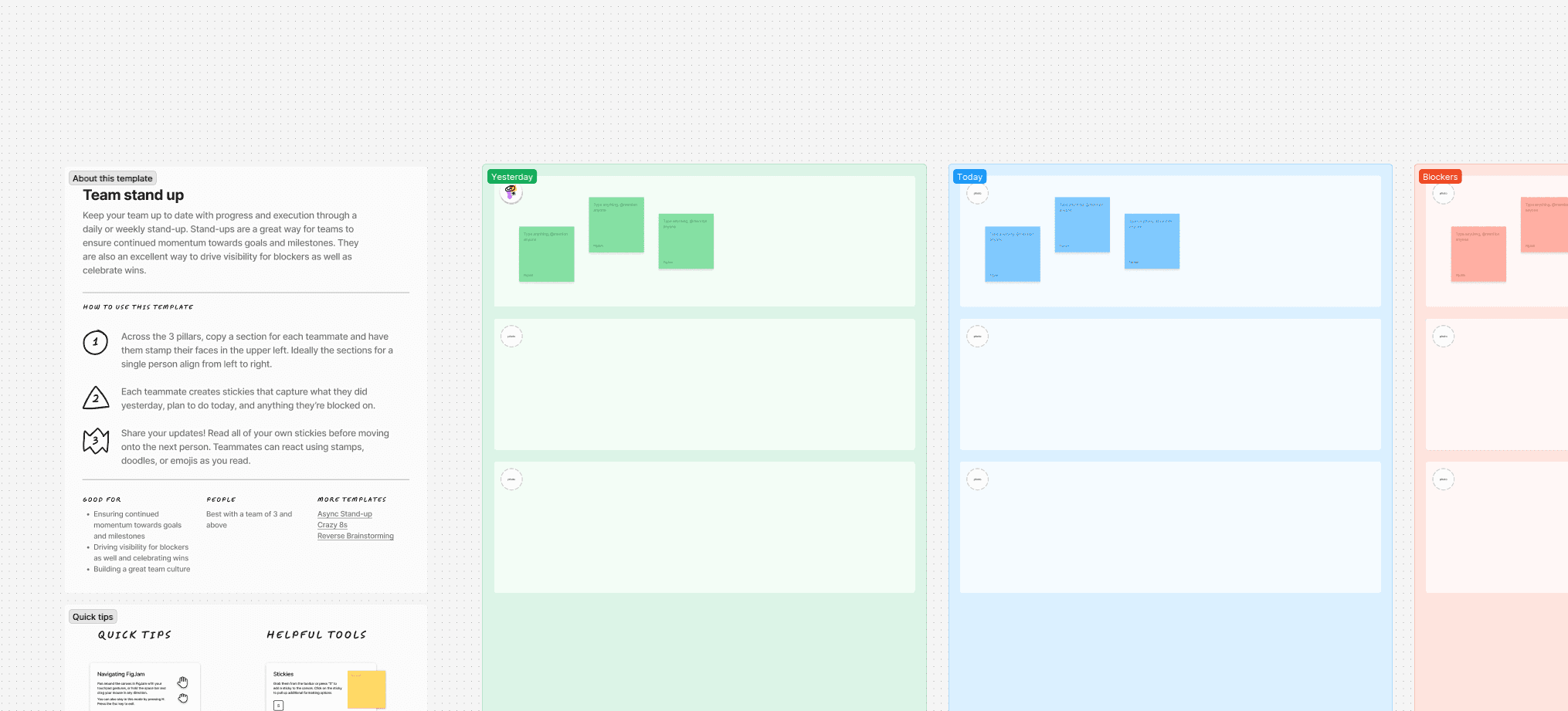
To create a user-centric experience, we performed consumer journey mapping and empathy mapping sessions involving APCOA and internal teams. These exercises helped us deeply understand the needs, motivations, and pain points of both users and operators. Consumer journey mapping allowed us to visualize each step of the user journey, identifying opportunities to improve interactions and reduce friction points. Empathy mapping helped the design team put themselves in the users' shoes, fostering a better understanding of emotional drivers and how our solutions could address real-life issues. This collaborative effort ensured that the design decisions were truly aligned with the users' needs, resulting in more intuitive and satisfying experiences.
Persona: Martin
Martin, one of several personas developed during our research, represents a typical APCOA user—a 38-year-old window cleaner working across multiple city locations. He drives a van, values efficiency due to tight schedules, and relies on parking services to maintain his daily route. His needs include quick, reliable parking solutions, clear communication, and cost-effective options, while his pain points often stem from time constraints and technological barriers. Martin’s persona, alongside others like urban commuters or occasional visitors, helped us ensure our designs cater to diverse user segments within APCOA’s ecosystem.
Key Findings from User Research: Martin’s Consumer Journey with APCOA
ONE OF MANY INITIATIVES
Initially, our team focused on meeting market demands by developing products with a business-centric approach. However, as we deepened our understanding of our core principles, we recognized the importance of building a reliable pipeline for delivering high-performance, scalable applications tailored to our customers. This required us to account for the varied linguistic and data requirements of each client. I designed a process and workflow for our design systems that fostered consistency across platforms, significantly enhancing Get My Parking's ability to handle complexity and deliver personalized solutions to our clients.
